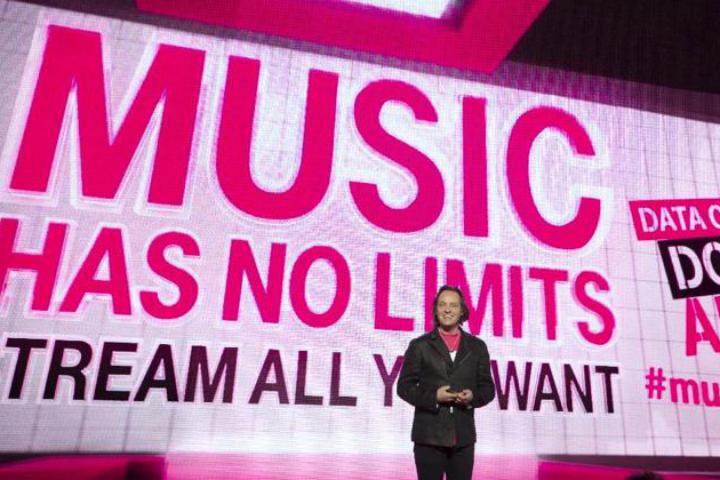
Soundcloud, Google Play Music, and Xbox Music are the most notable additions of the bunch, though a few curious omissions prevent the telecom giant from achieving its ultimate goal of adding every music streaming service. While the Apple-owned iTunes Radio was an early participant of the service, its newly-owned Beats Music service has not been added even after its AT&T partnership ended. Google’s new YouTube Music Key is also not yet a part of the service.
Related: AT&T vs. Verizon vs. Sprint vs. T-Mobile: Who has the best individual plan?
When T-Mobile announced the Music Freedom program this past June, the list of music streaming services that are a part of the initiative included Spotify, Samsung Milk, Pandora, Rhapsody, iTunes Radio, iHeartRadio, Slacker, and Beatport.
The company also offered more transparency on the details of how streaming services are selected and included in the program. In the announcement of today’s news, T-Mobile explicitly mentioned there’s no “backroom deals” or “paid prioritization” from any of the music streaming services for inclusion in the Music Freedom program and it’s free to the services as well.
Here are the 27 music streaming services in T-Mobile’s Music Freedom:
- Rhapsody
- Pandora
- AccuRadio
- Black Planet
- Grooveshark
- iHeartRadio
- iTunes Radio
- Samsung Milk Music
- Radio Paradise
- Rdio
- Slacker
- Songza
- Spotify
- Google Play Music
- Soundcloud
- Xbox Music
- RadioTunes
- Digitally Imported
- Fit Radio
- Fresca Radio
- JazzRadio
- Live365
- Mad Genius Radio
- radioPup
- radio.com
- RockRadio
- Saavn


